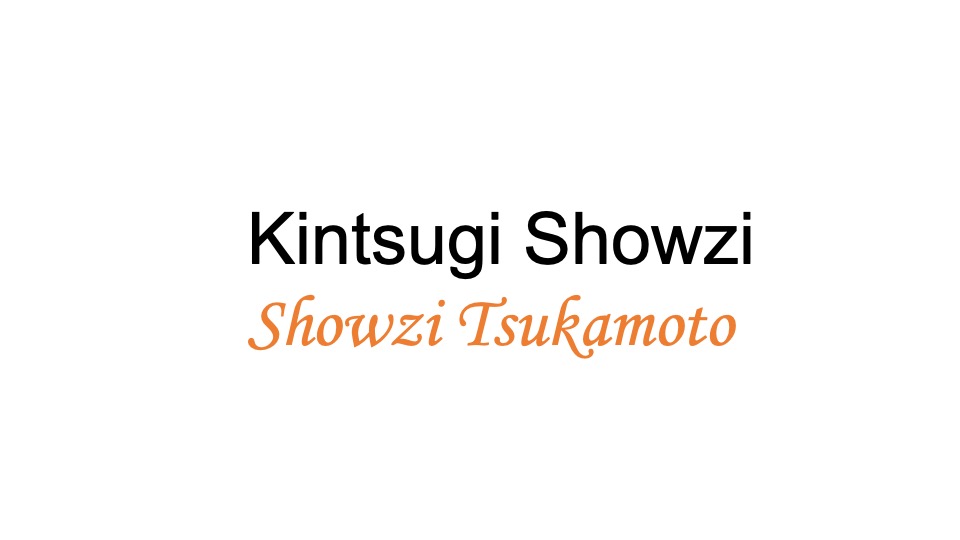My journey of kintsugi, golden joinery, started 60 years ago.
My family took me to show a samurai iron armor at Hikone-Jo castle, in Hikone City, Shiga Prefecture, my ancestors’ hometown. The armor was decorated by urushi, lacquer. The vivid red color and the glossiness of the surface was my first encounter of urushi which eventually led me to the journey of kintsugi.
At Tokyo National University of Fine Arts and Music, I studied metalwork,
urushiwork, and Maki-E. I graduated winning the “Salon de Printemps Award” for best graduate work.
At age 20, while I was at college, I started to learn the way of tea (Chano Yu or
Japanese Tea Ceremony) in samurai style. Through the practice of samurai style tea ceremony, I encountered a special tea bowl with kintsugi which ultimately inspired me to start kintsugi practice. The tea bowl was a Raku style tea bowl from 17thCentury by an artist, Hon’ami Koetsu. The piece is named Seppou (a snowy mountain) by the artist as the kintsugi seemed to highlight the outline of the snowy mountain.
